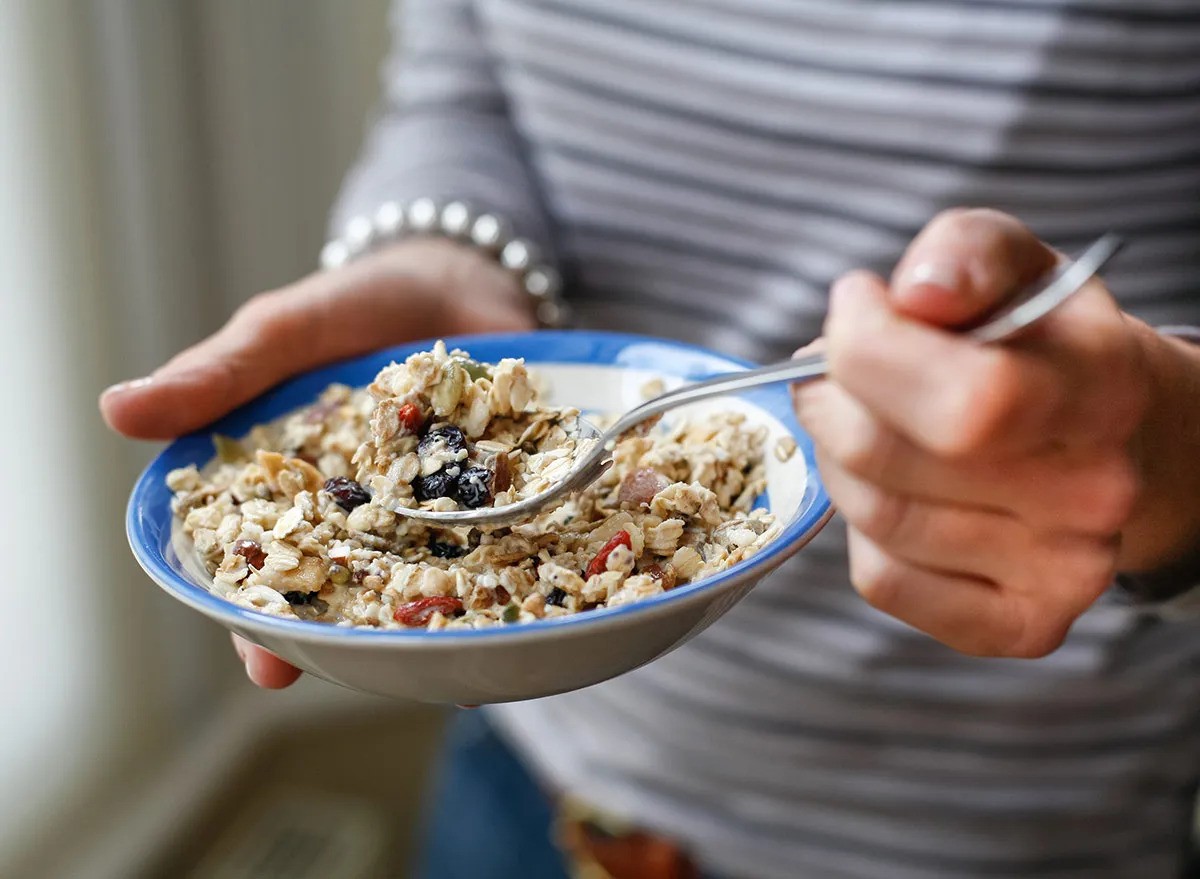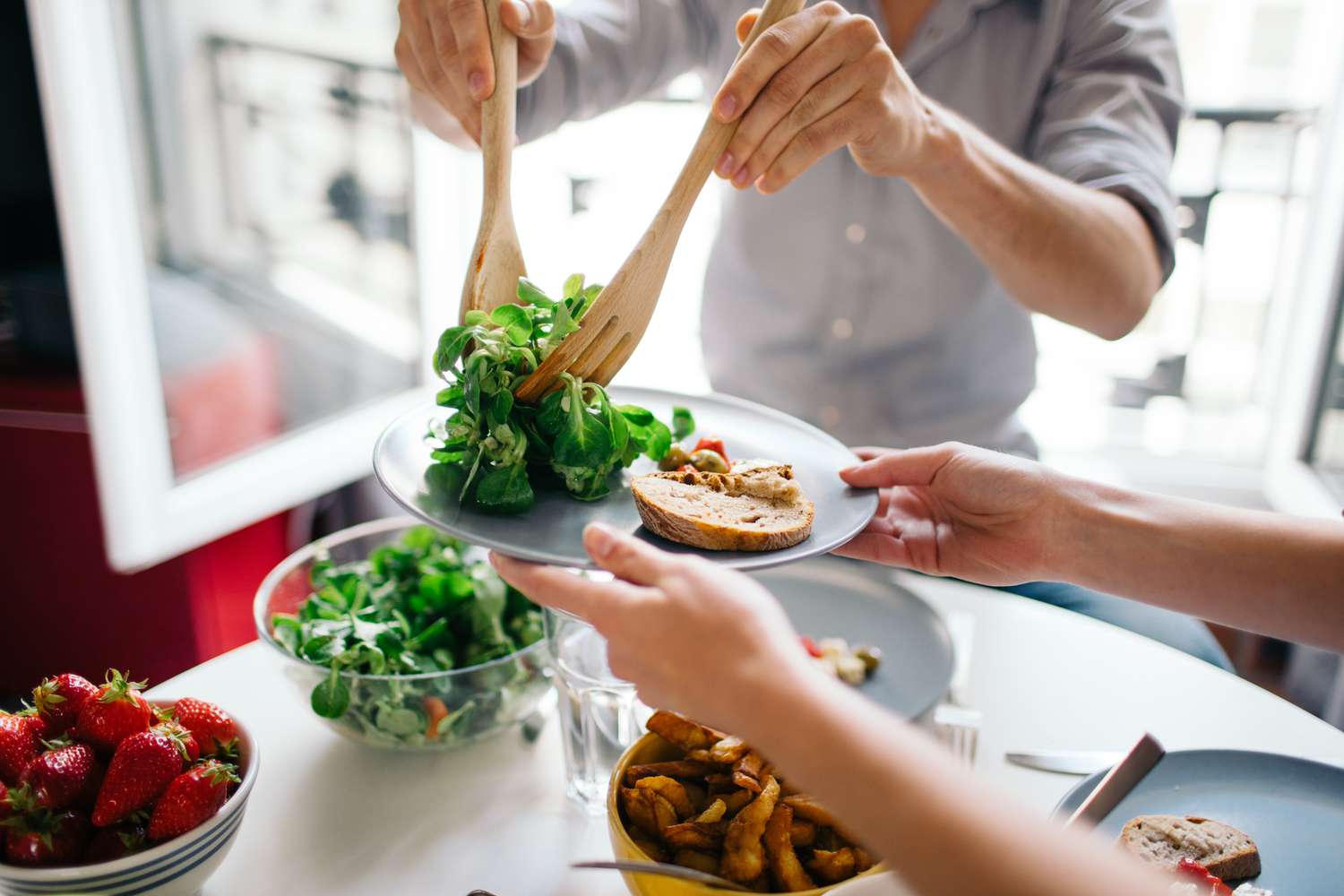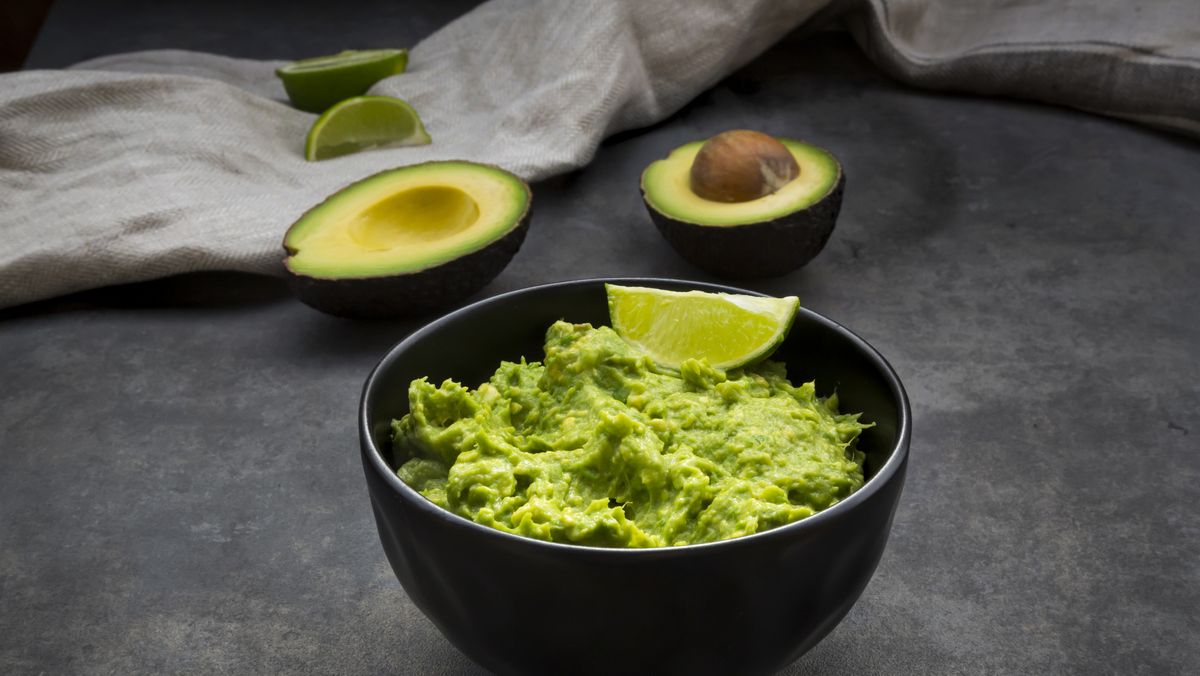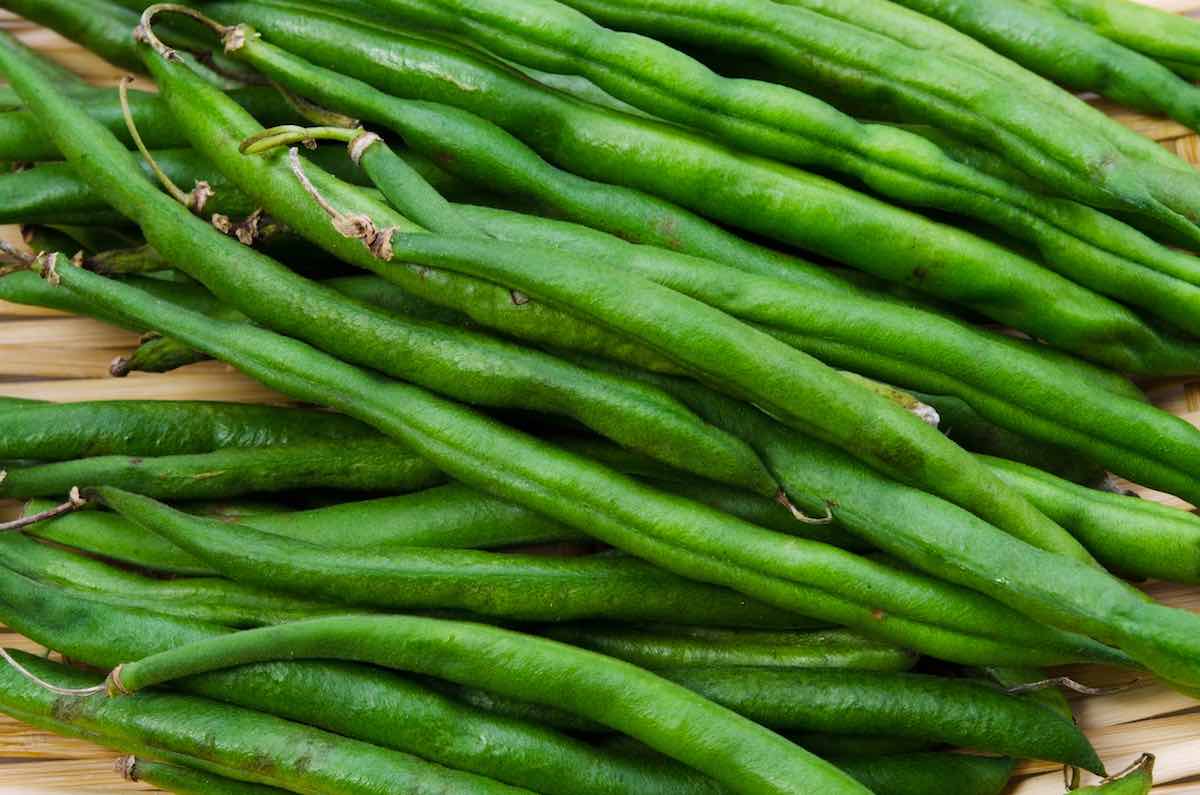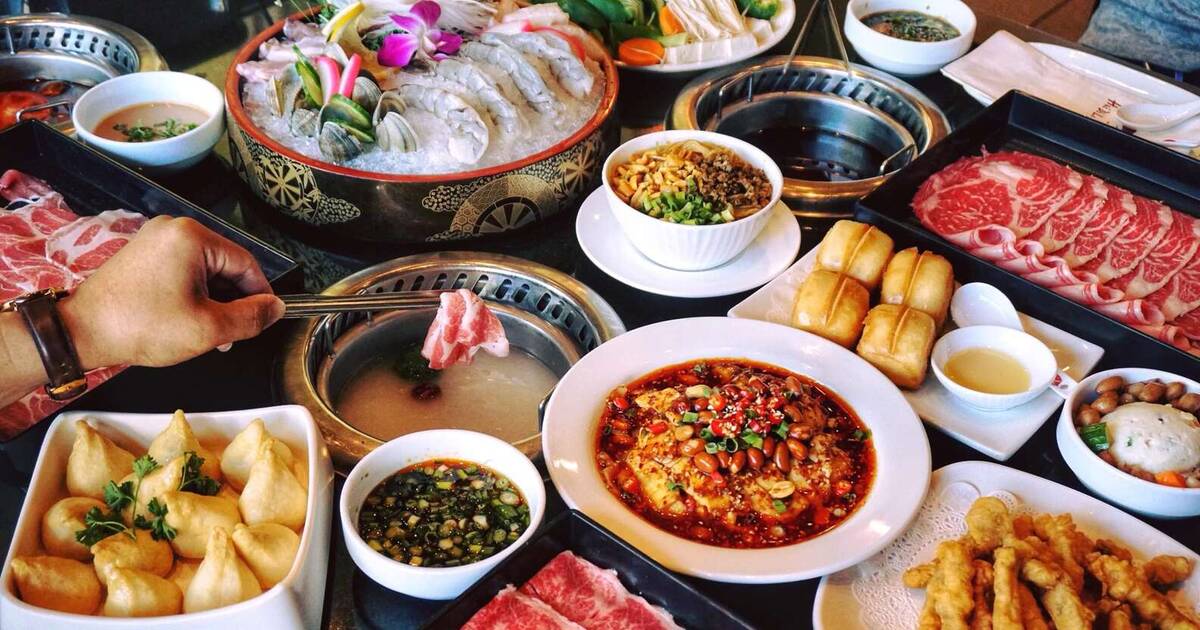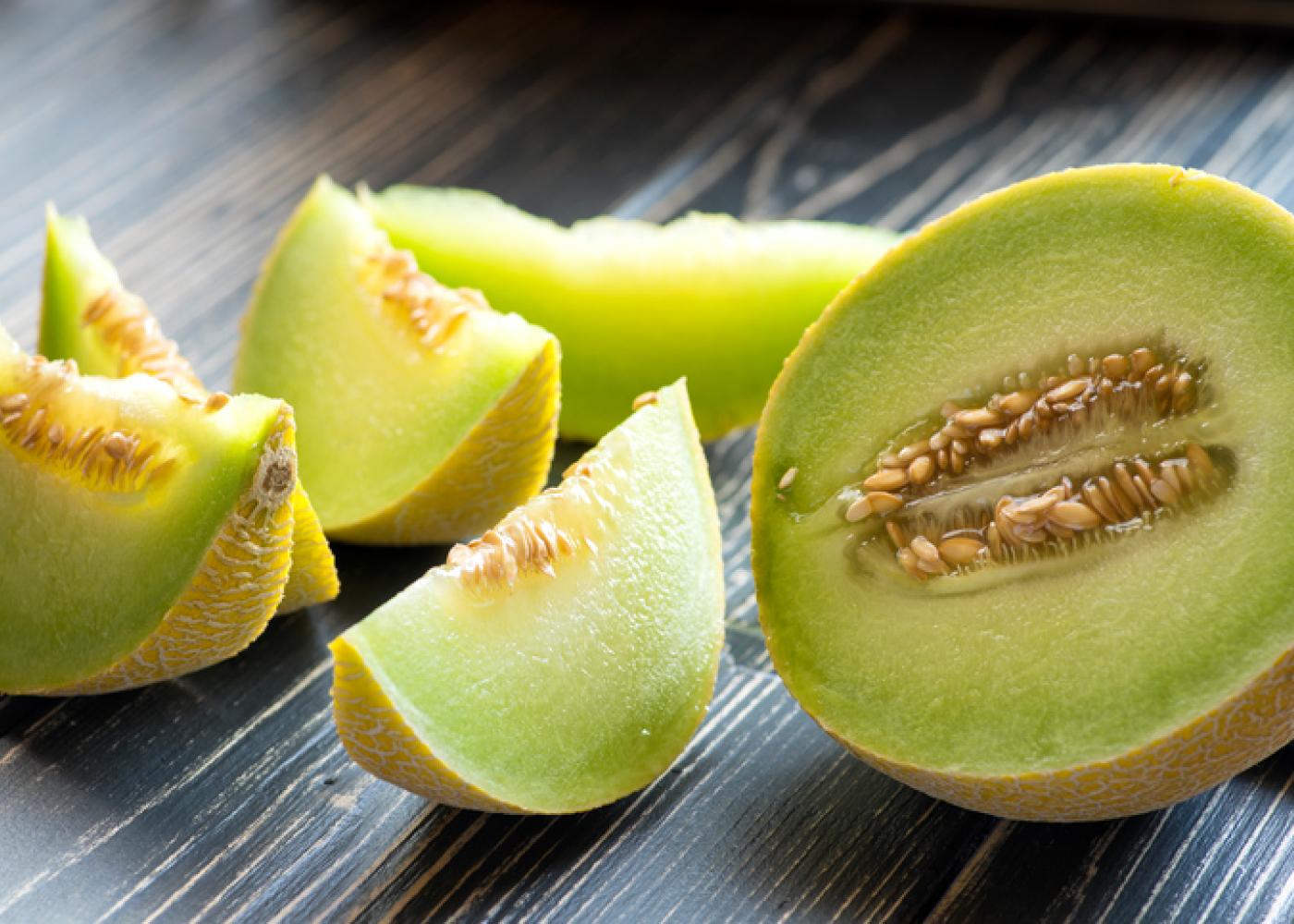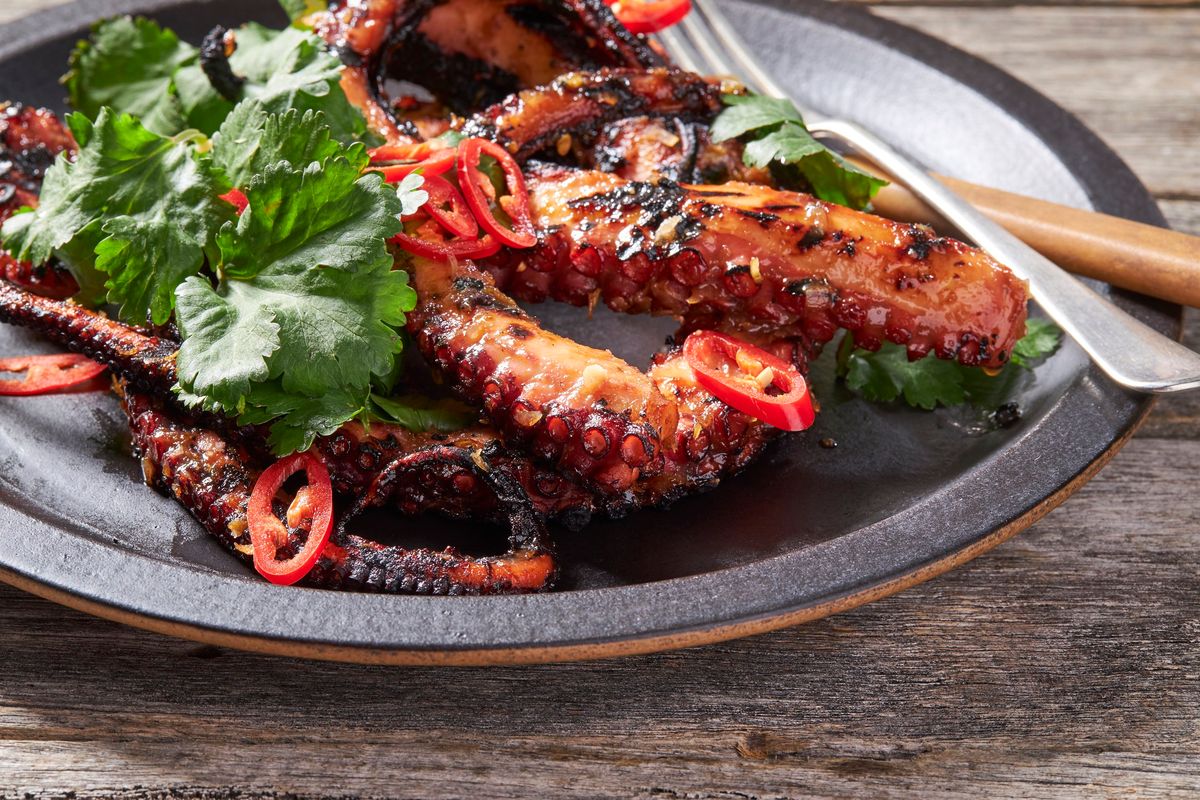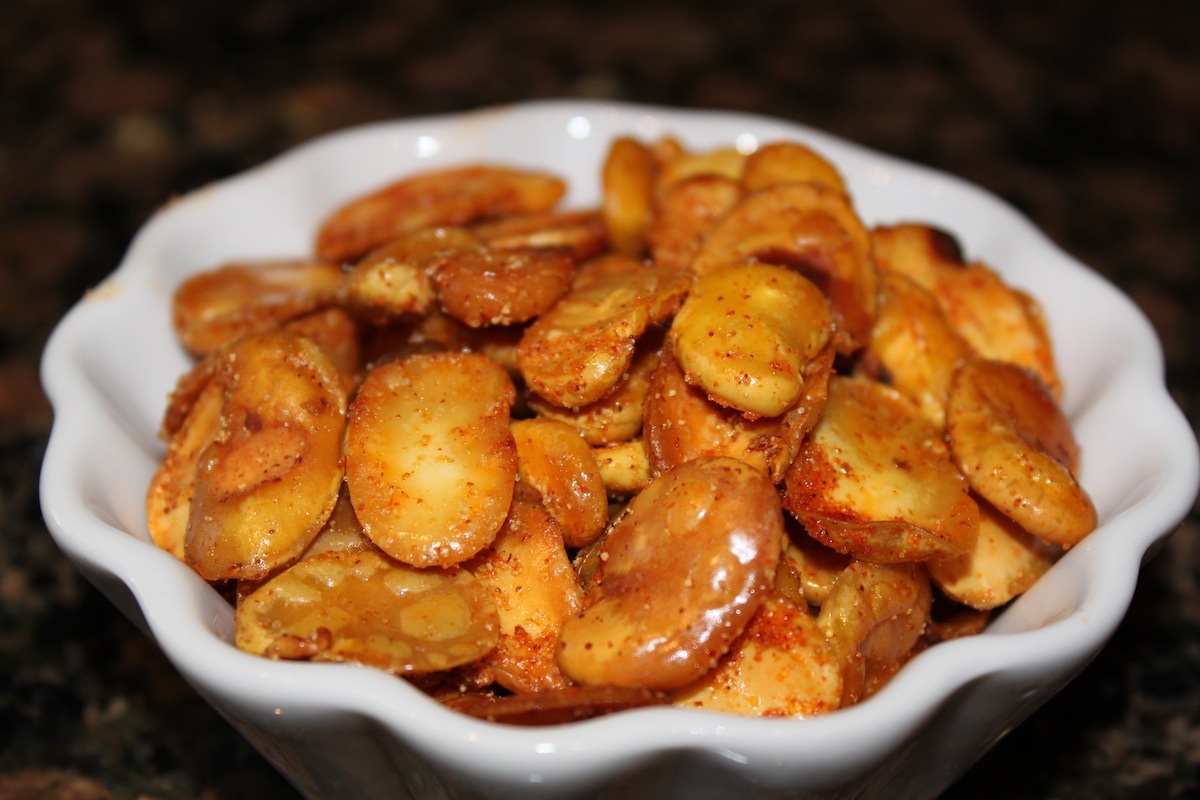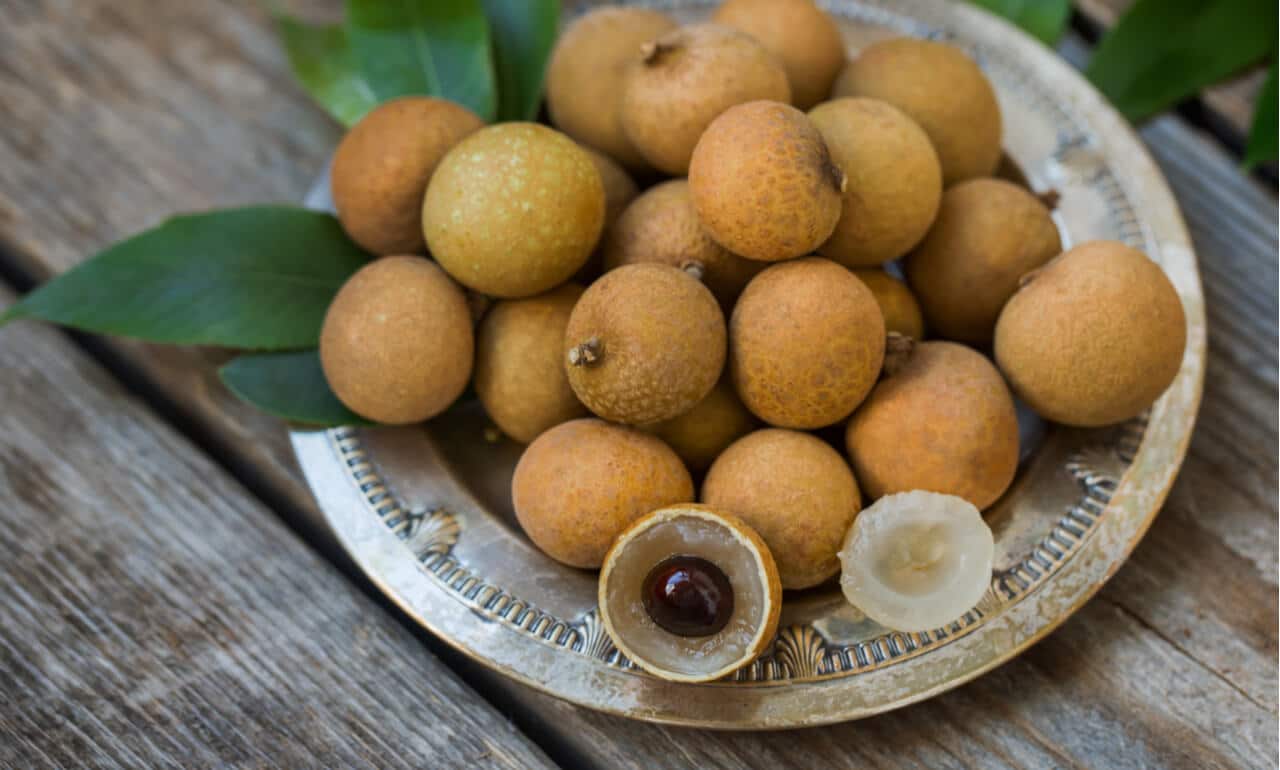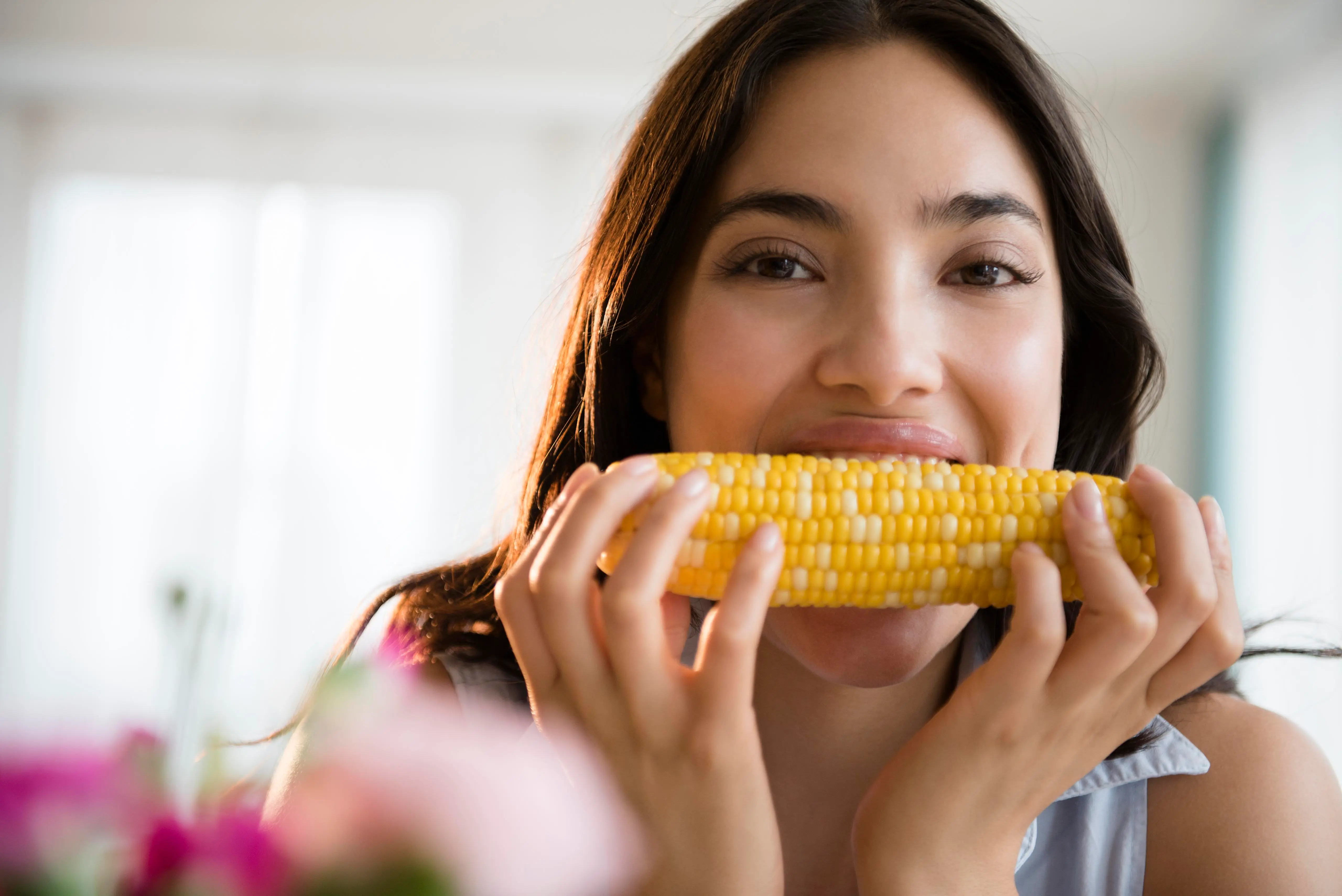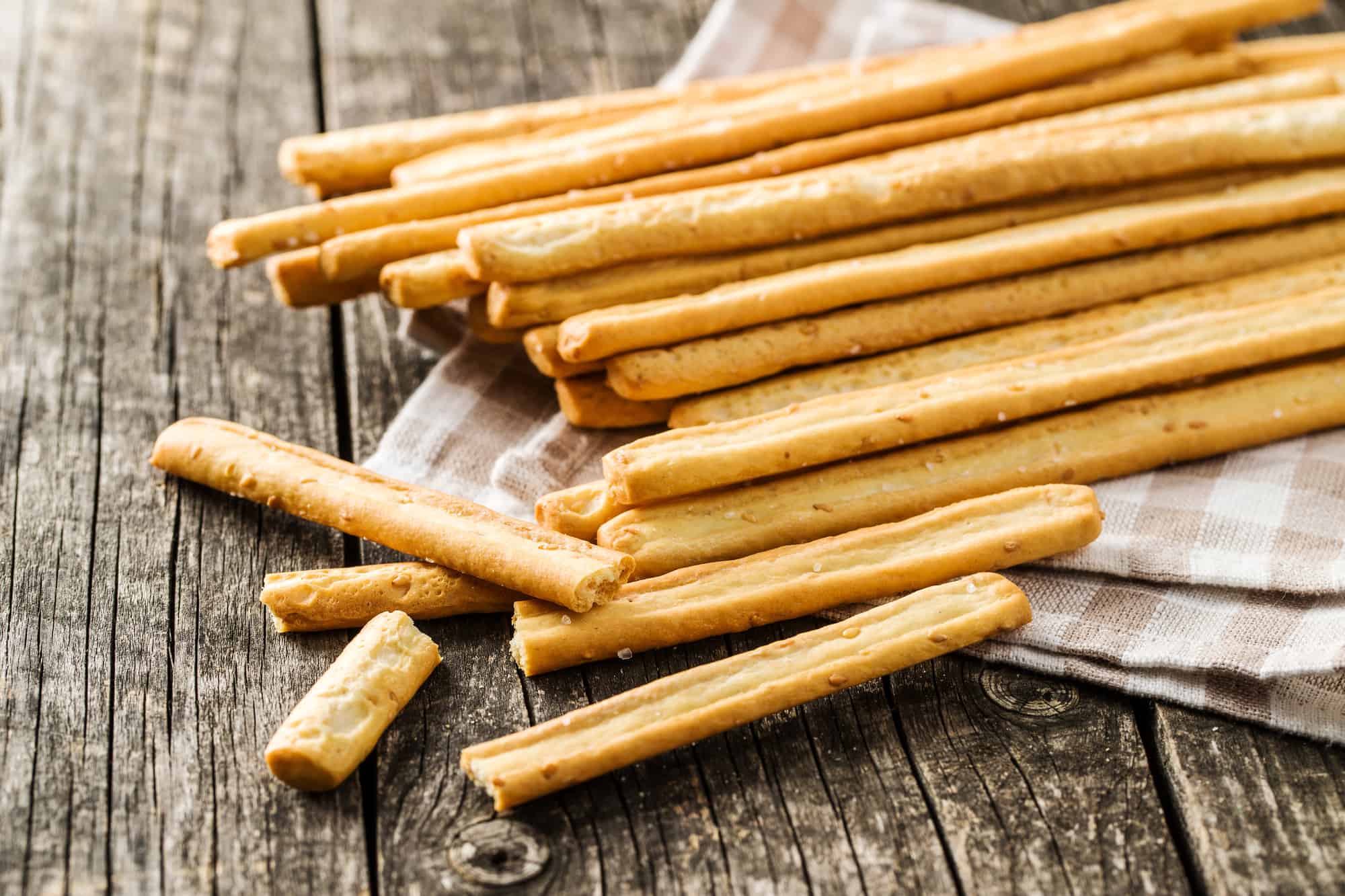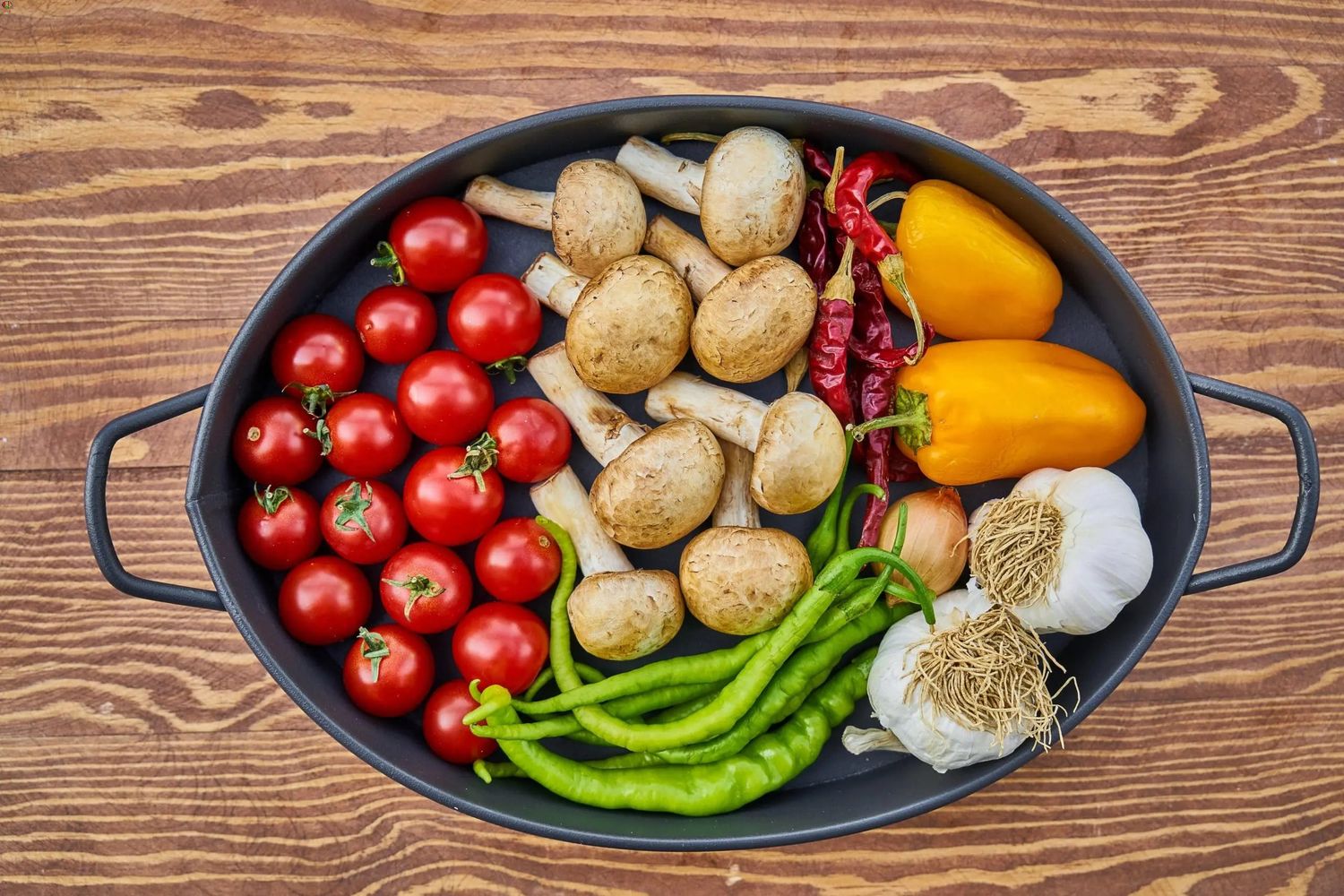How to Incorporate 200 Grams of Fibrous Carbs into Your Diet
Consuming 200 grams of fibrous carbs may seem like a daunting task, but with the right approach, it can be easily achieved. Fibrous carbs are an essential part of a healthy diet as they provide numerous health benefits, including improved digestion, weight management, and reduced risk of chronic diseases. Here are some practical tips on how to incorporate 200 grams of fibrous carbs into your daily meals:
1. Diversify Your Vegetable Intake
Vegetables are excellent sources of fibrous carbs. Aim to include a variety of vegetables in your meals, such as spinach, kale, broccoli, bell peppers, and Brussels sprouts. You can create colorful salads, stir-fries, or roasted vegetable medleys to make your meals more appealing and enjoyable.
2. Choose High-Fiber Fruits
Include fruits that are high in fiber, such as apples, pears, berries, and oranges, in your daily diet. You can have them as snacks, add them to your breakfast oatmeal, or blend them into smoothies for a refreshing and fibrous treat.
3. Incorporate Whole Grains
Opt for whole grains like quinoa, brown rice, oats, and barley to increase your fibrous carb intake. These grains can be used as a base for meals, added to soups, or used to make hearty salads. They not only provide fiber but also offer essential nutrients for overall health.
4. Snack on Nuts and Seeds
Nuts and seeds are not only rich in healthy fats and protein but also contain a good amount of fiber. Snack on almonds, walnuts, chia seeds, and flaxseeds to boost your fibrous carb consumption. You can sprinkle them on yogurt, add them to homemade granola, or simply enjoy them on their own.
5. Legumes and Pulses
Include legumes and pulses, such as lentils, chickpeas, black beans, and kidney beans, in your meals. These versatile ingredients can be used to make soups, stews, curries, and salads, providing a substantial amount of fiber along with plant-based protein.
6. Read Food Labels
When shopping for packaged foods, pay attention to the nutrition labels. Look for products that are high in fiber and low in added sugars. Foods like whole grain bread, cereal, and pasta can contribute to your daily fibrous carb intake when chosen wisely.
By incorporating a variety of fibrous carb sources into your meals and snacks, you can easily reach the goal of consuming 200 grams of fibrous carbs per day. Remember to drink an adequate amount of water to support the digestion of fibrous foods and promote overall well-being.
With a little planning and creativity, meeting your fibrous carb target can be both achievable and delicious!
More Delicious High-Fiber Recipes to Try
As we wrap up our guide on consuming 200 grams of fibrous carbs, it's essential to consider practical ways to incorporate these nutritional powerhouses into your daily meals. Recipes like the Quinoa and Black Bean Salad Delight and Hearty Chickpea and Spinach Curry are not only rich in fiber but also packed with essential nutrients. For those new to fibrous diets, starting with the Wholesome Apple Cinnamon Oatmeal is advisable, as it's both delicious and easy to prepare. Additionally, the Refreshing Berry Spinach Smoothie can serve as a refreshing and fibrous start to any day. These recipes are specifically recommended because they balance high fiber content with appealing flavors, ensuring that your journey to a healthier diet remains enjoyable.
